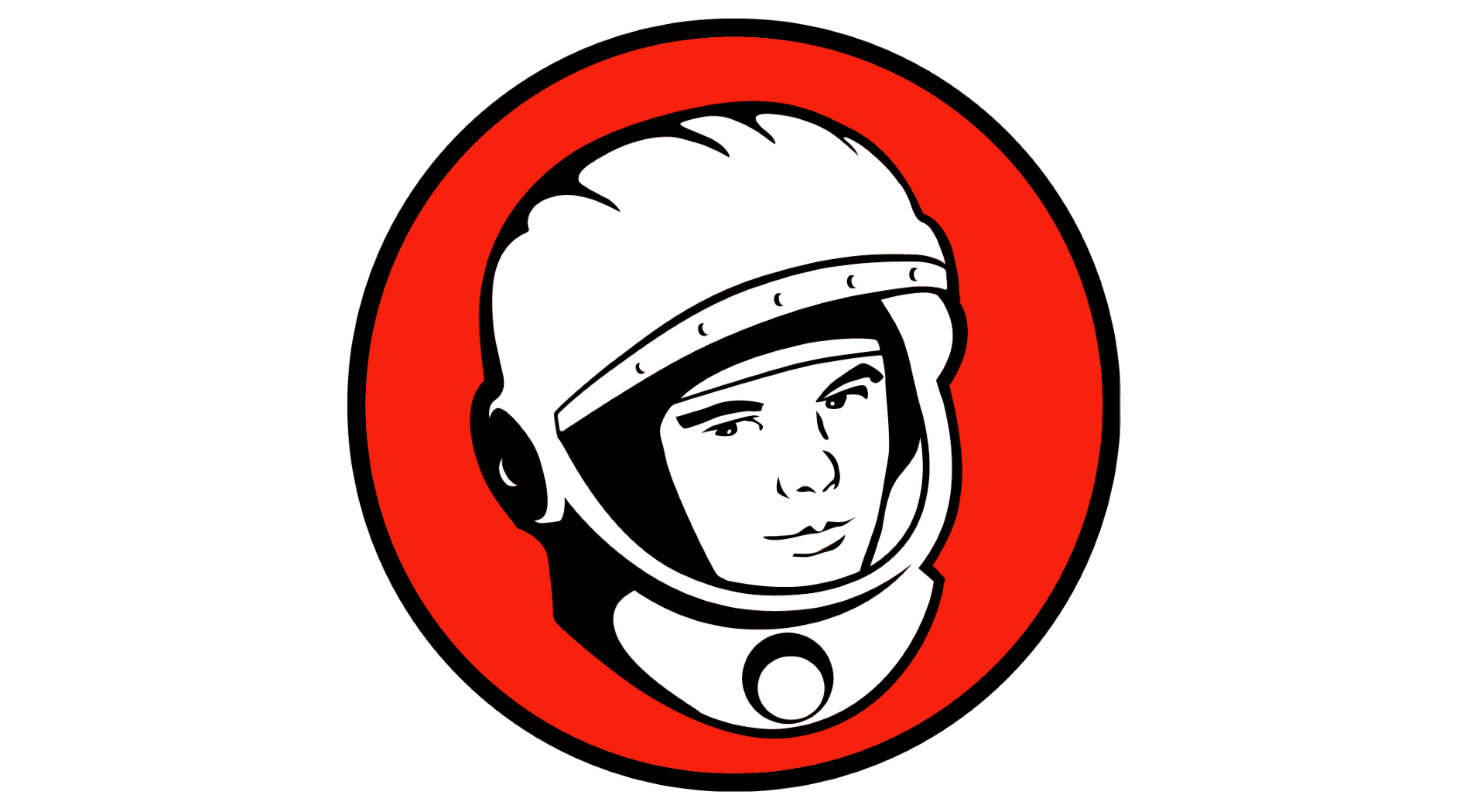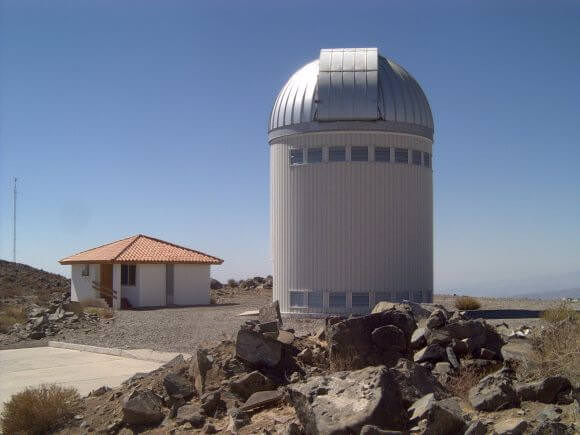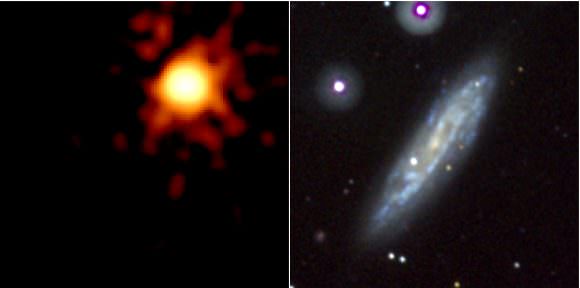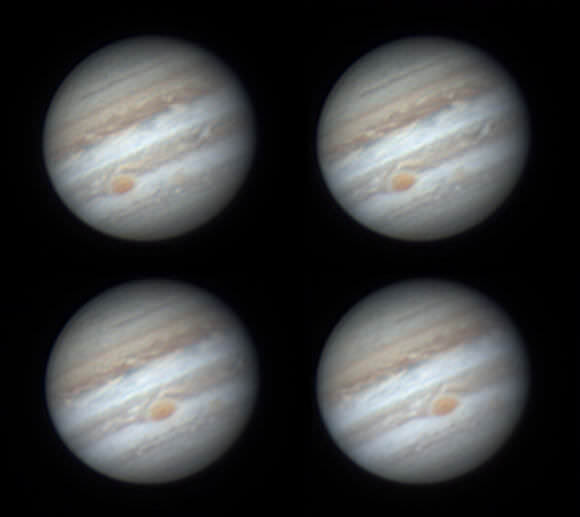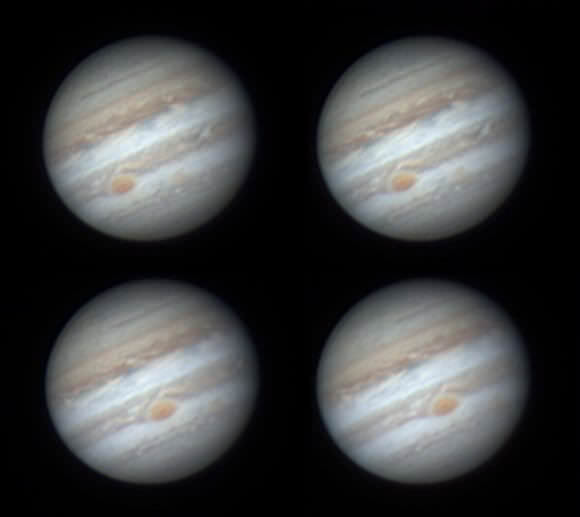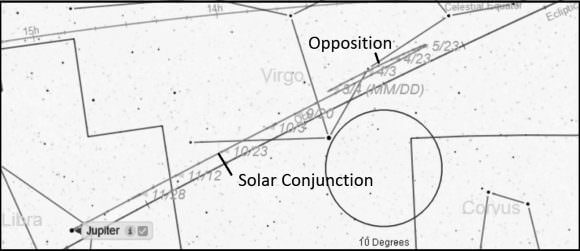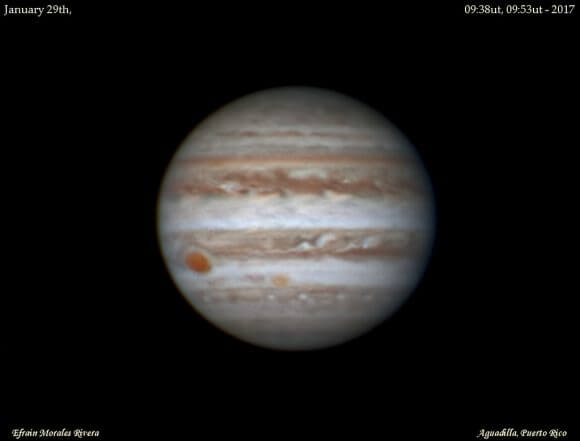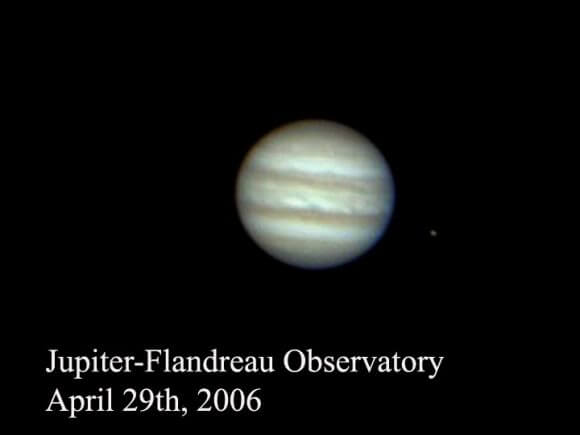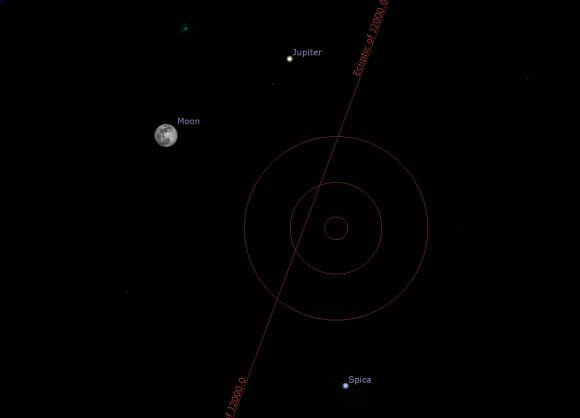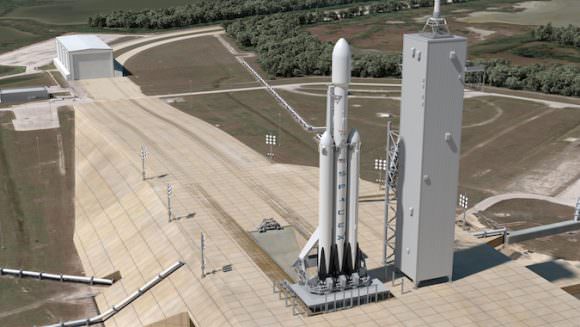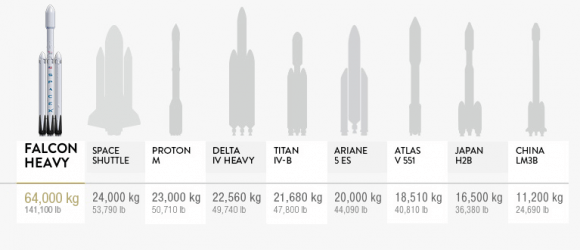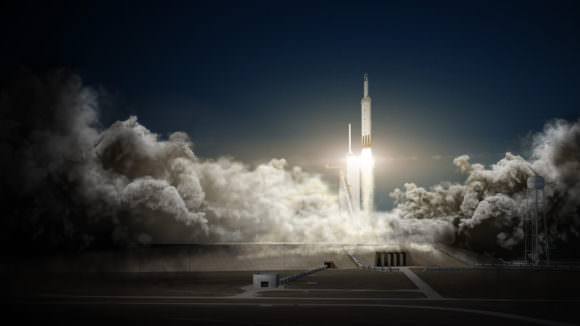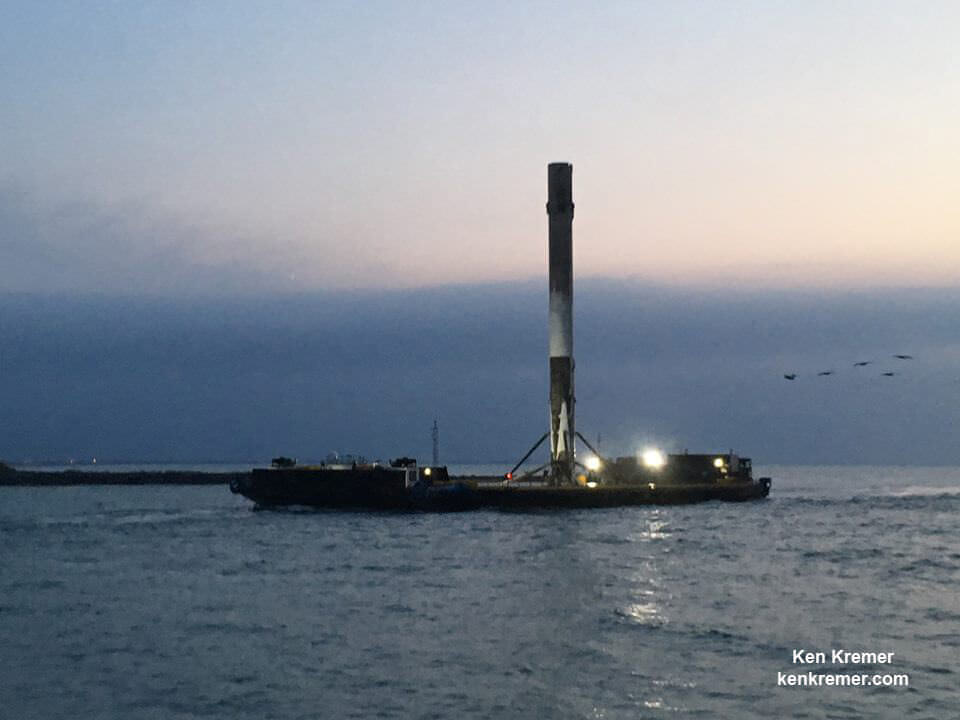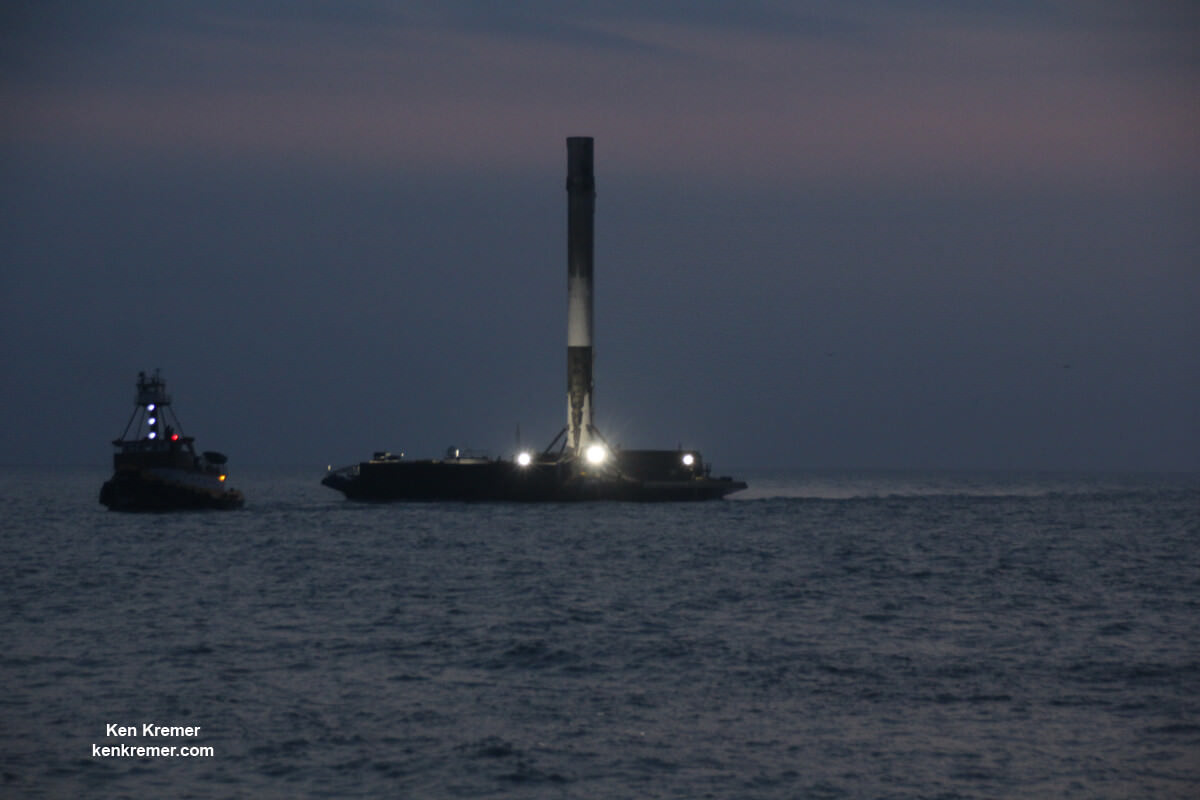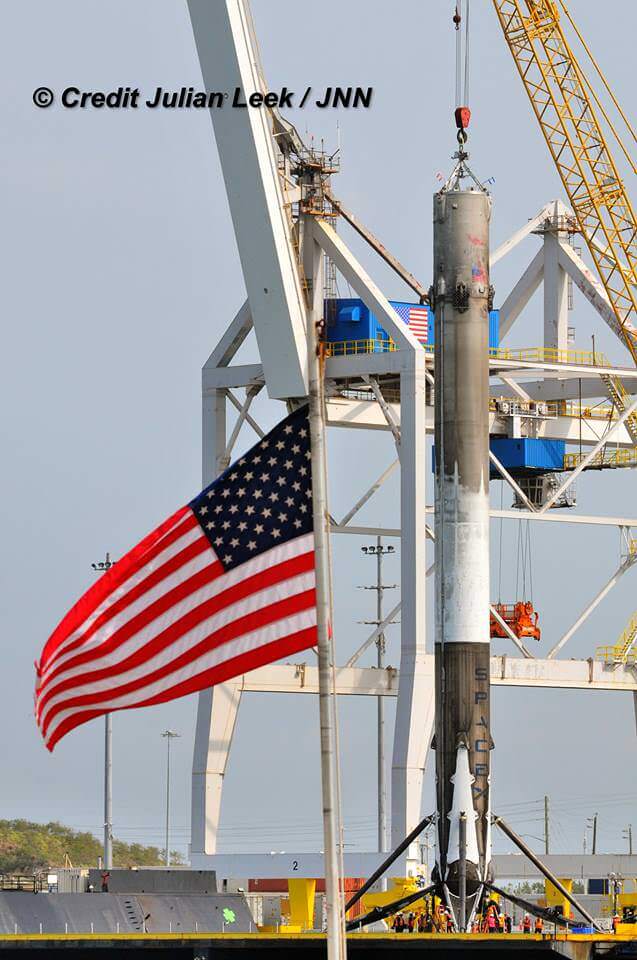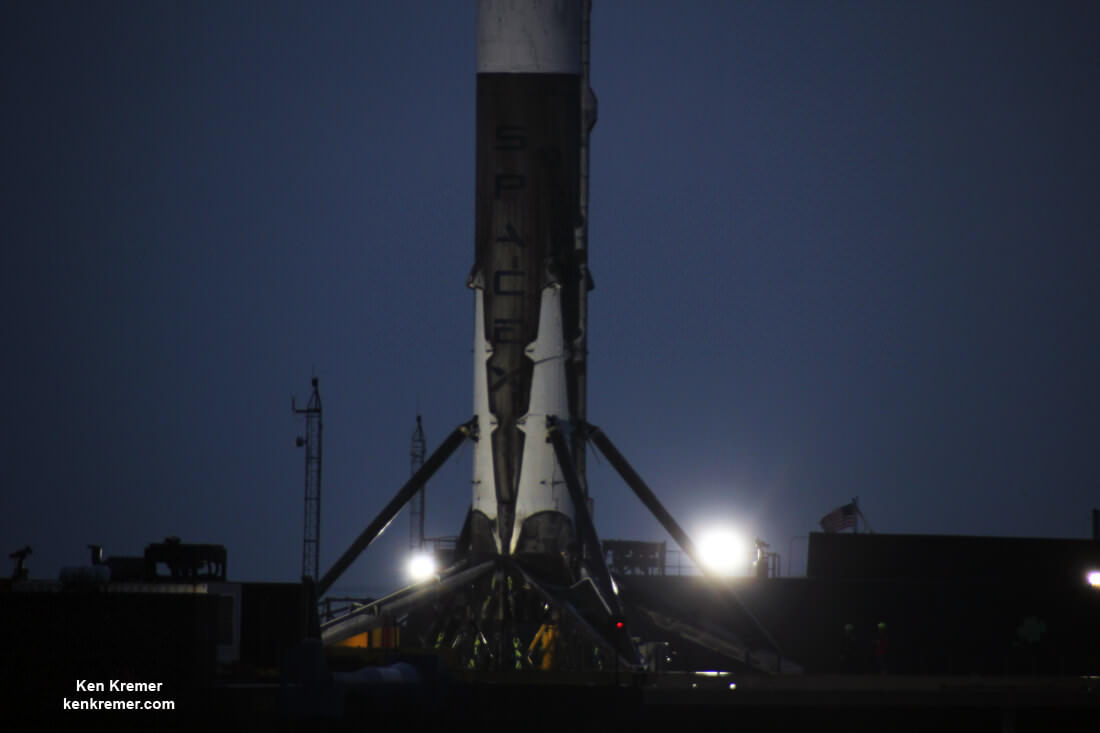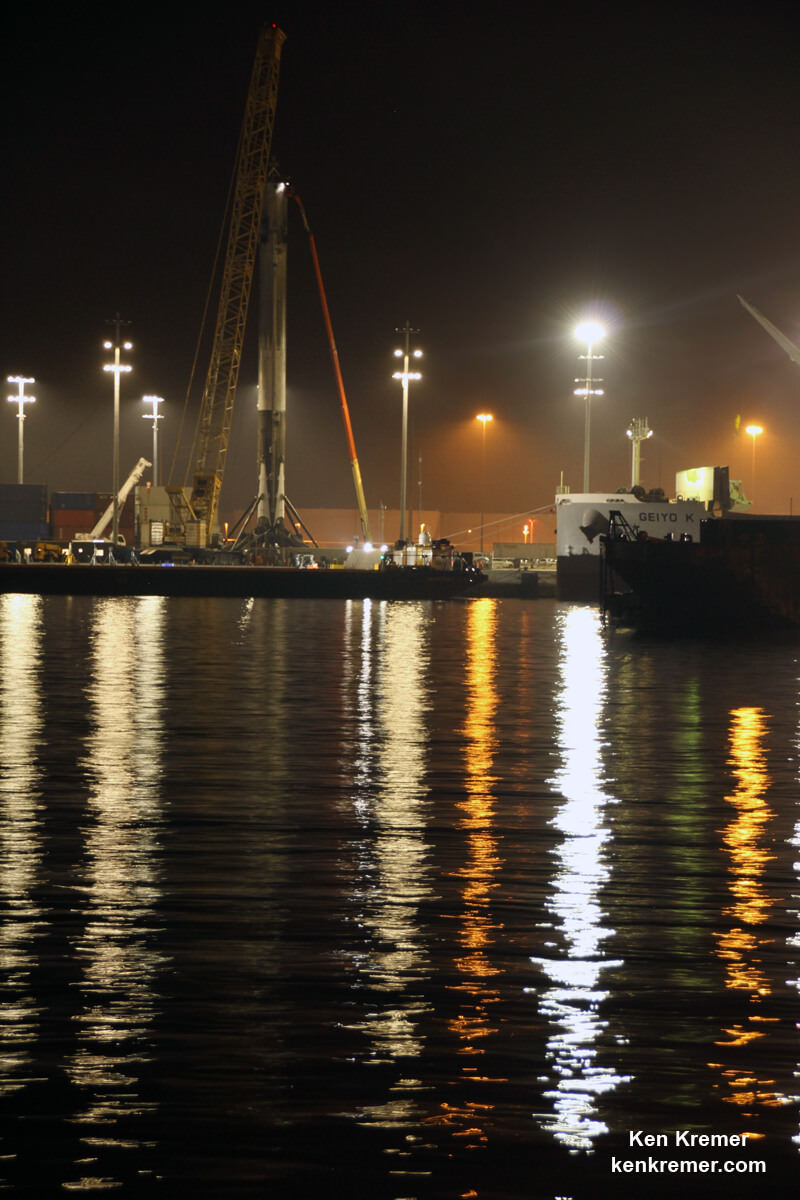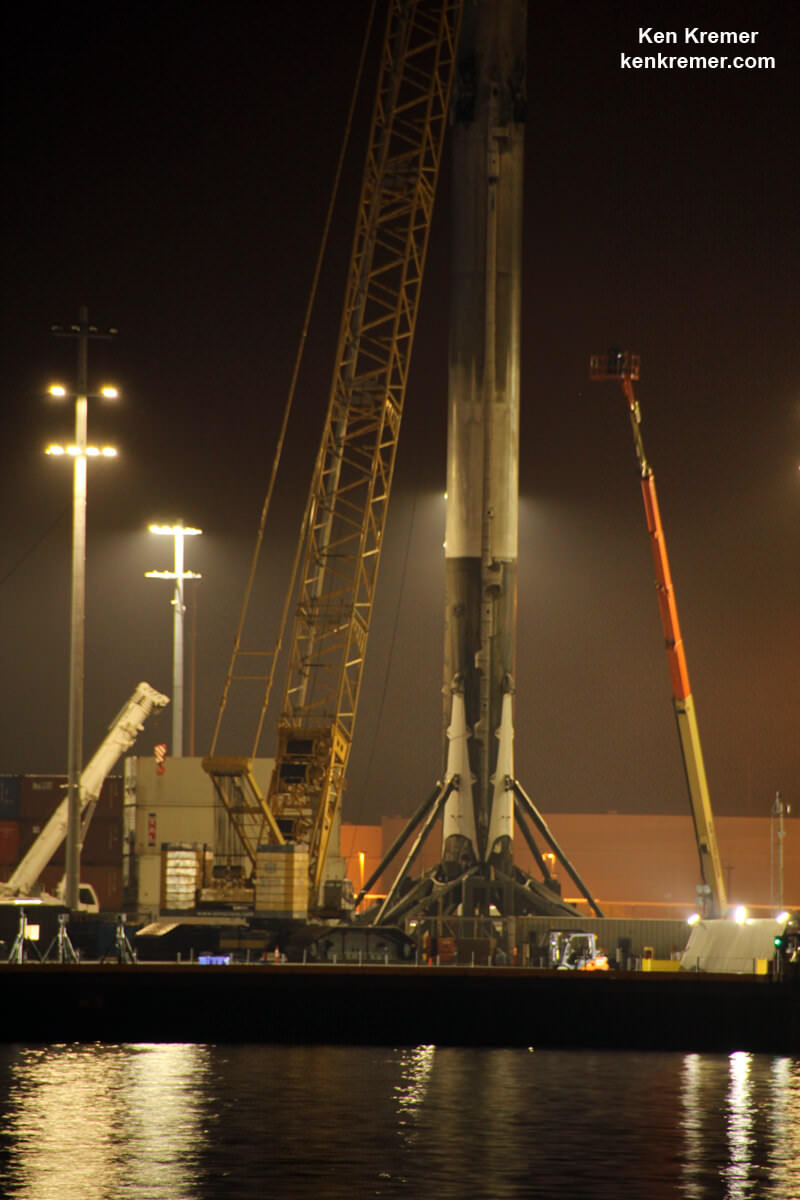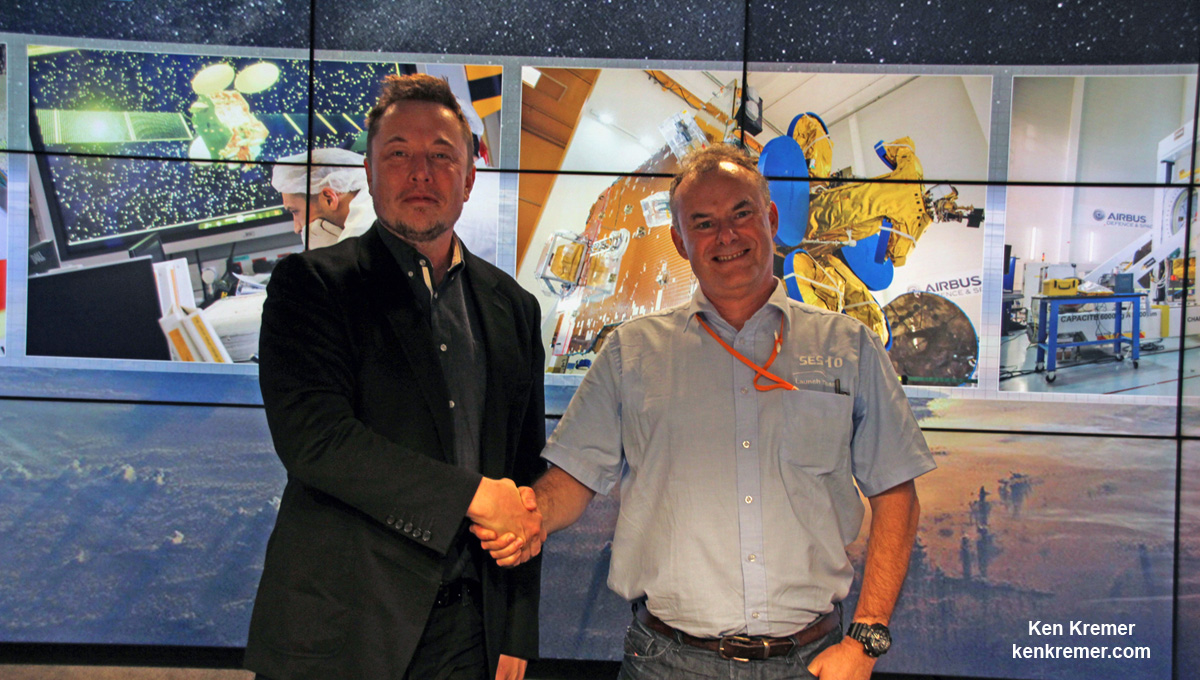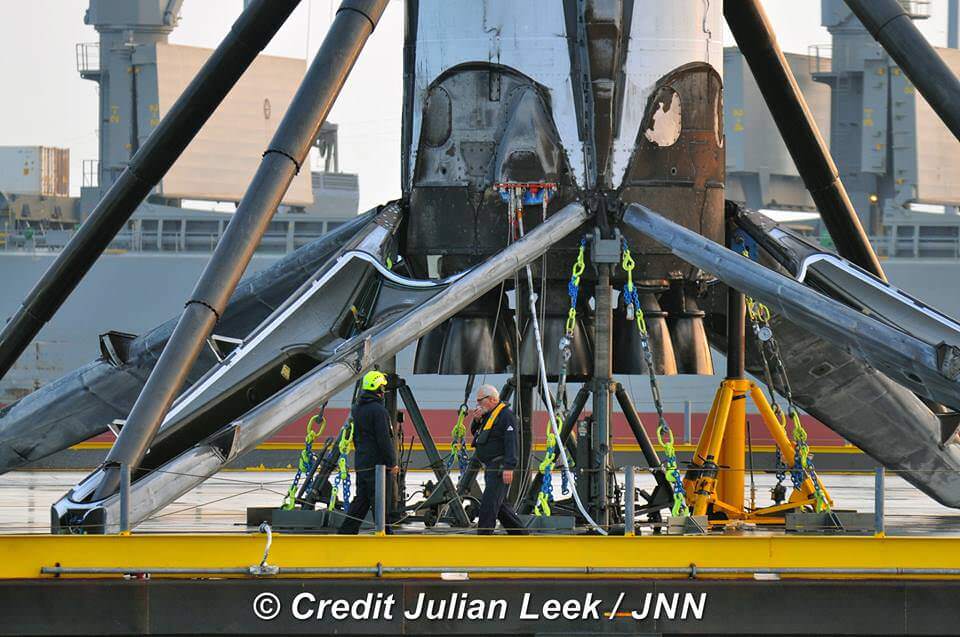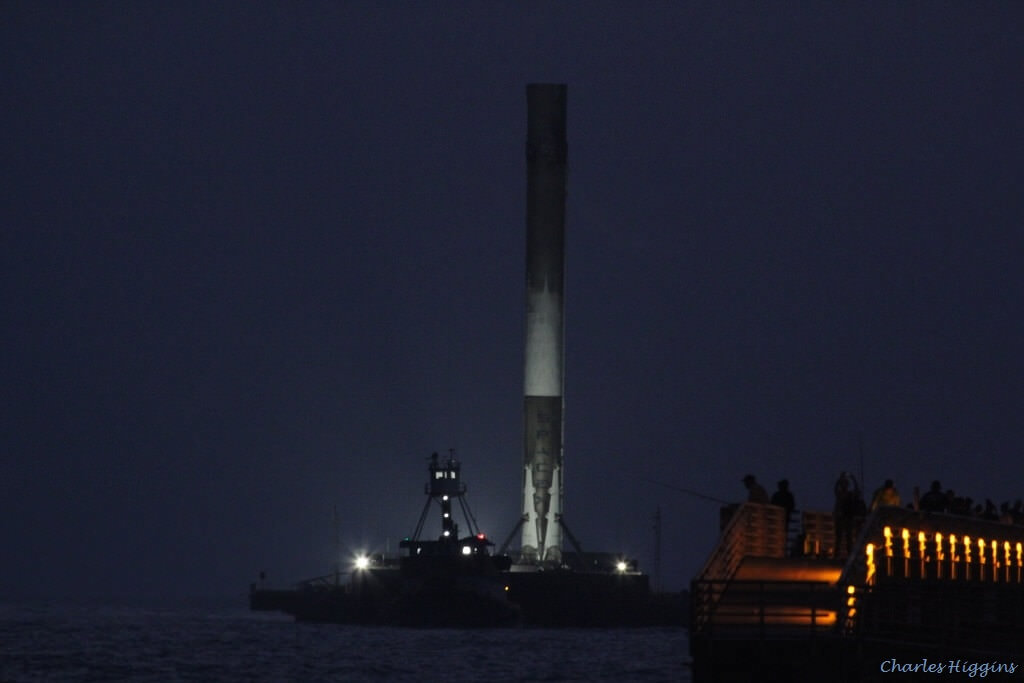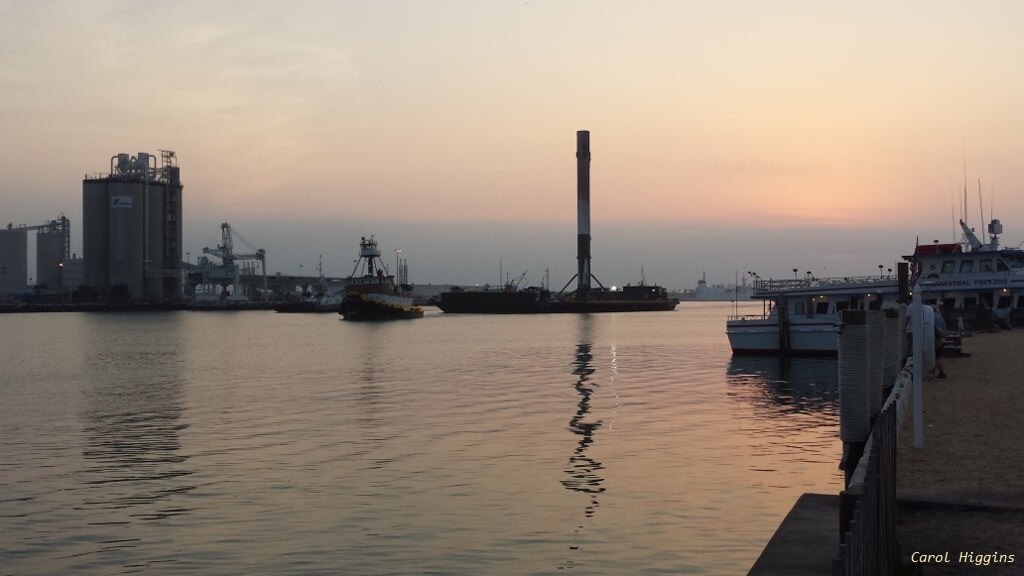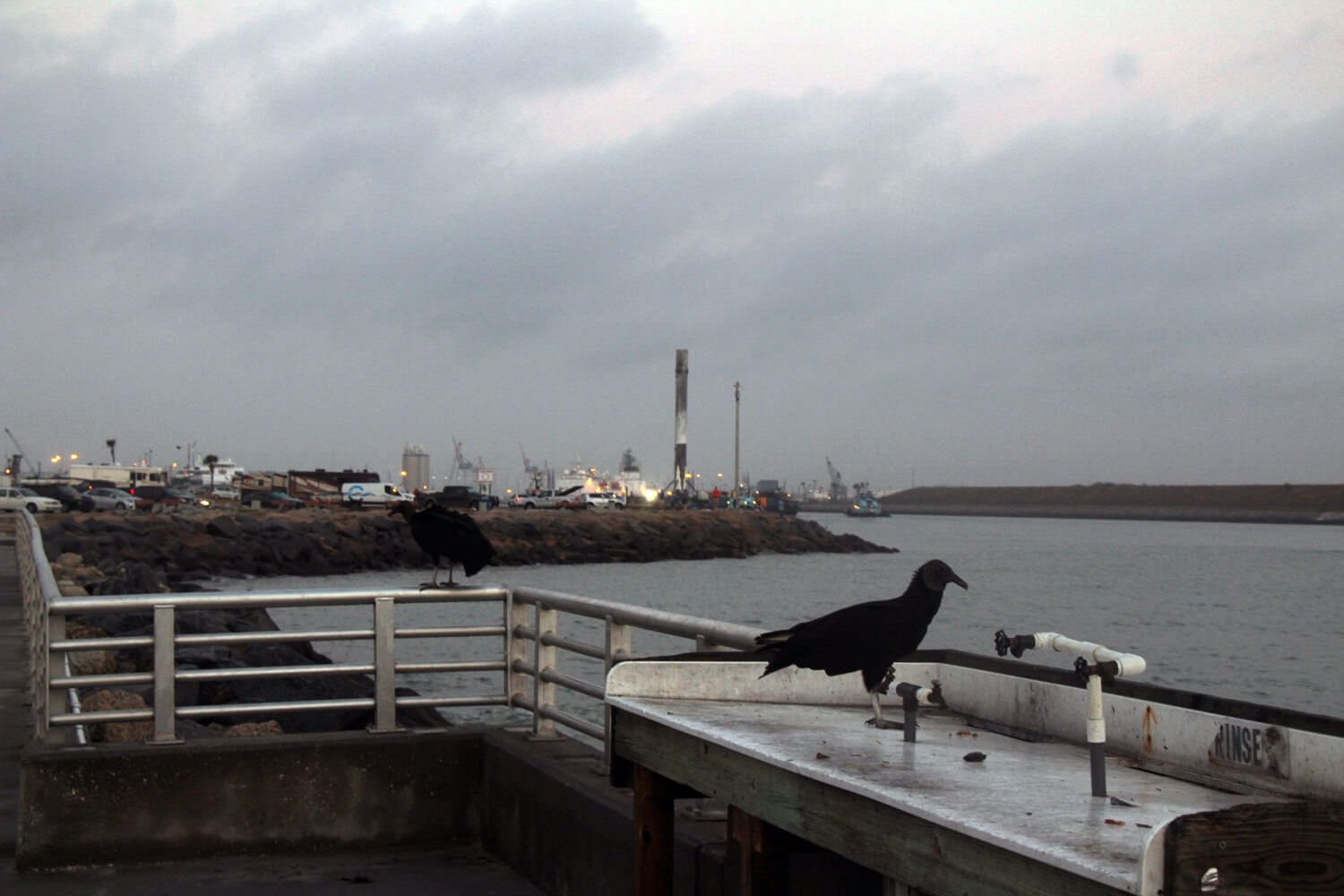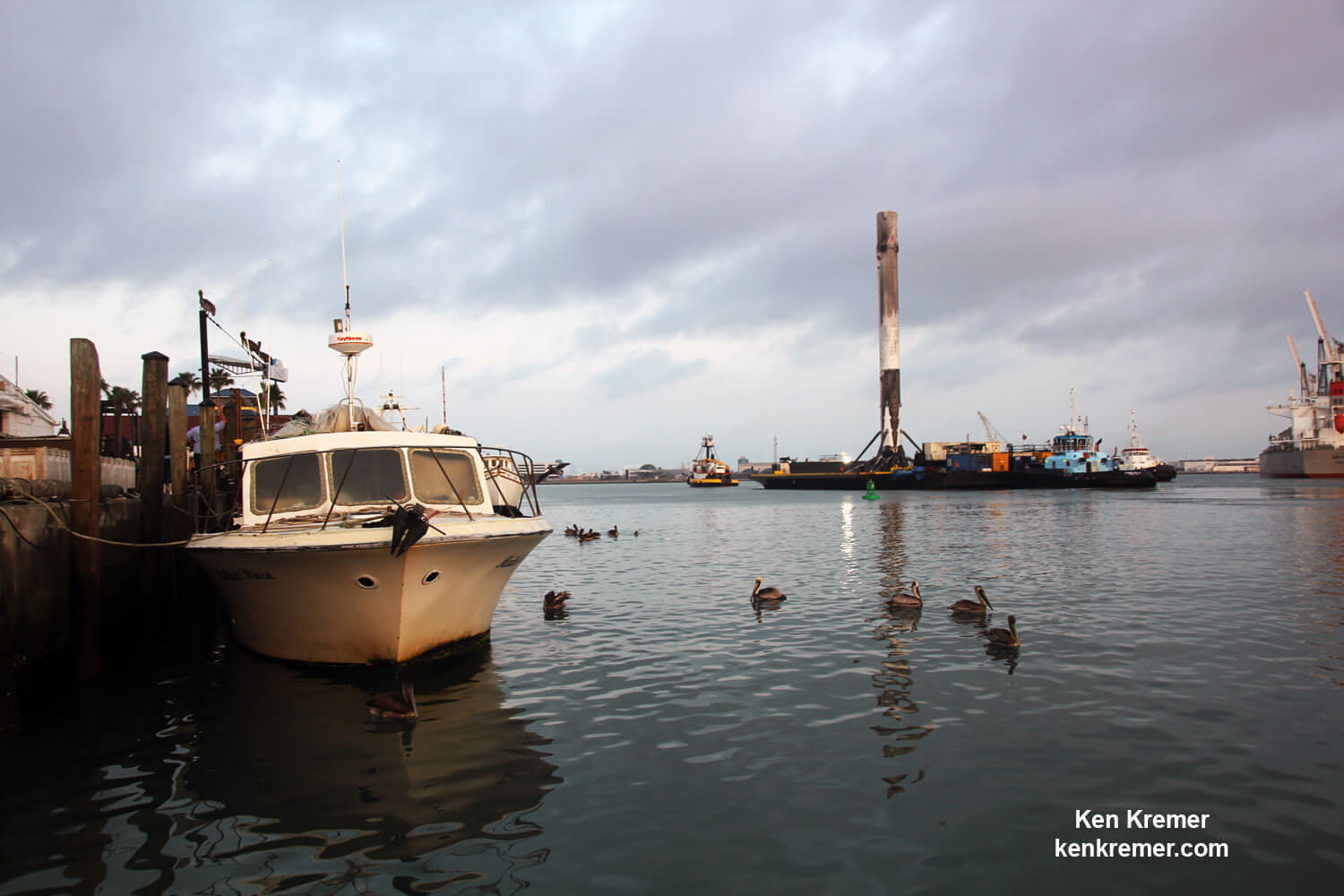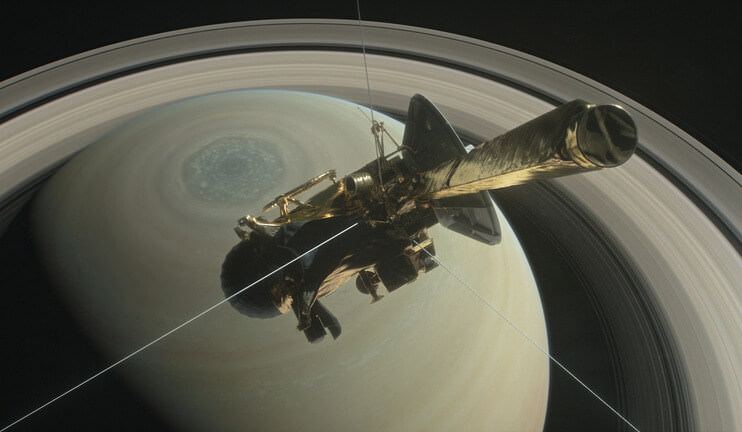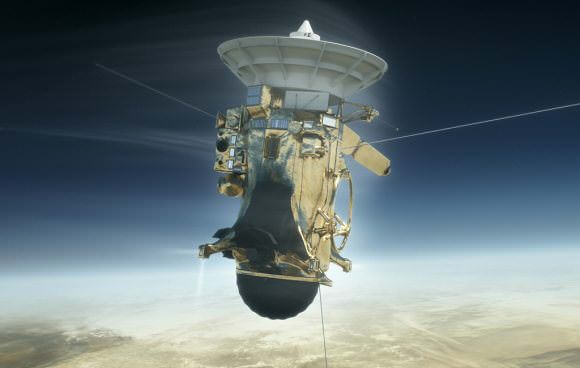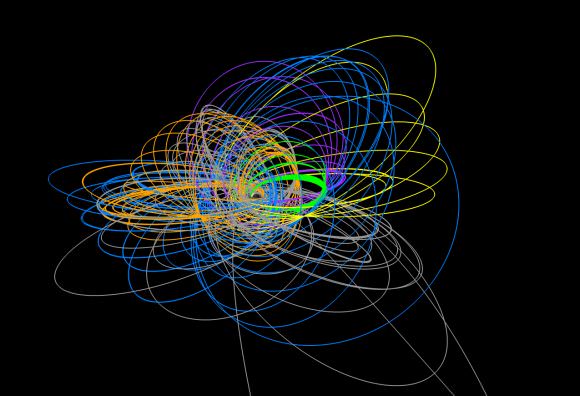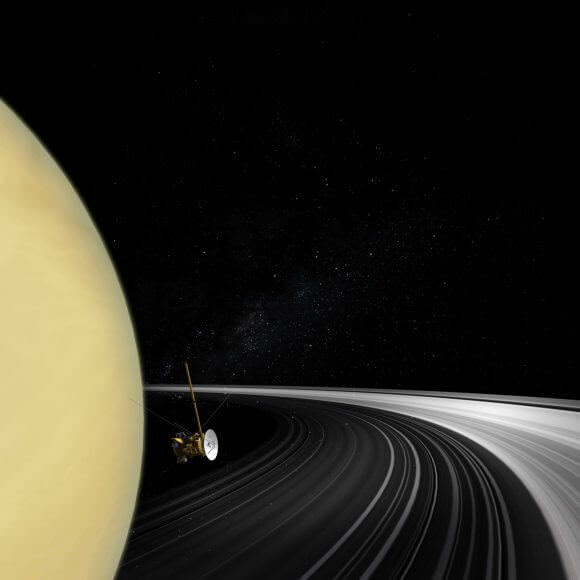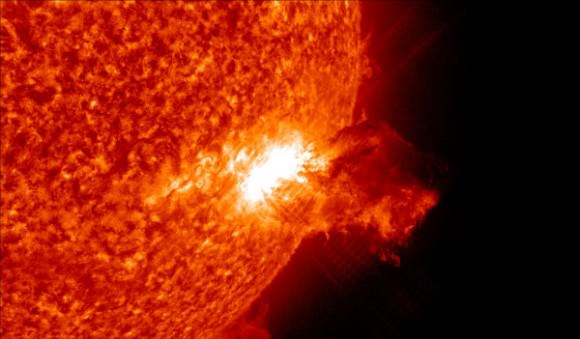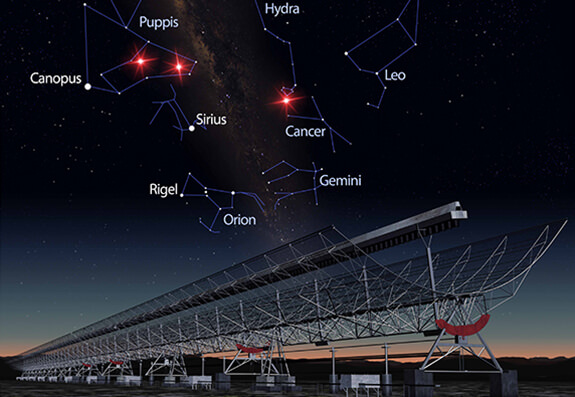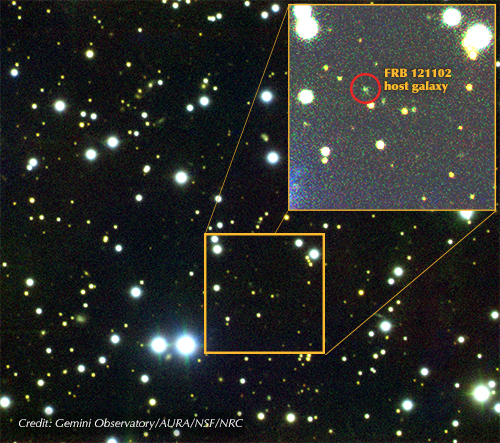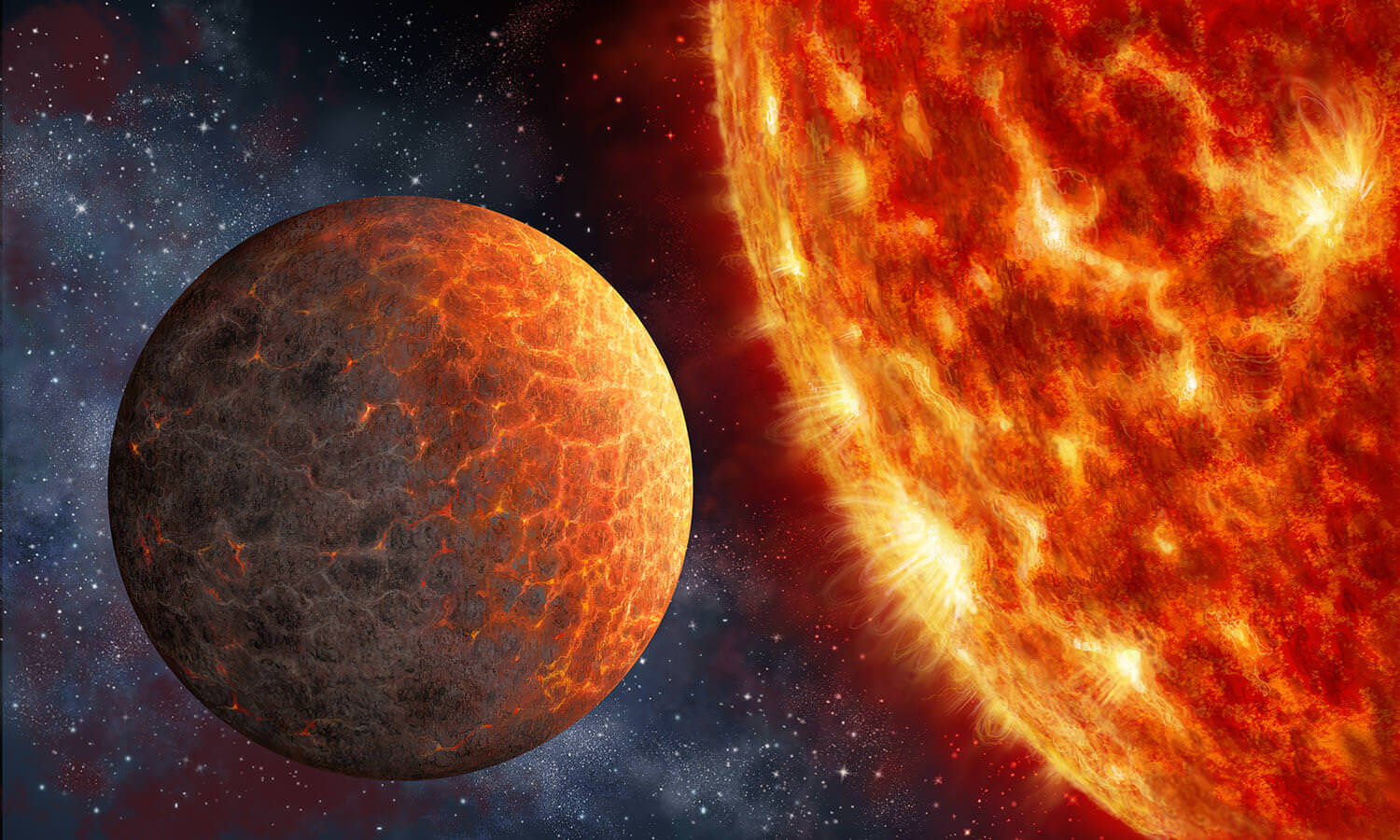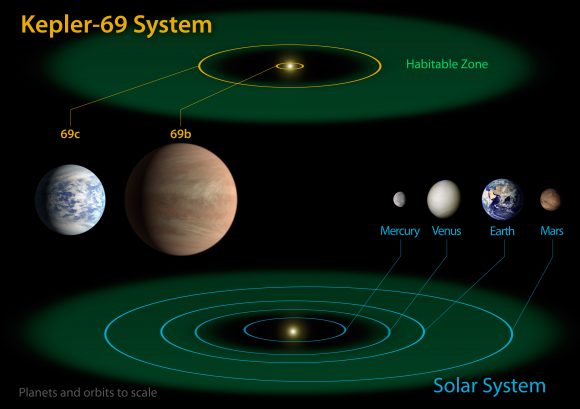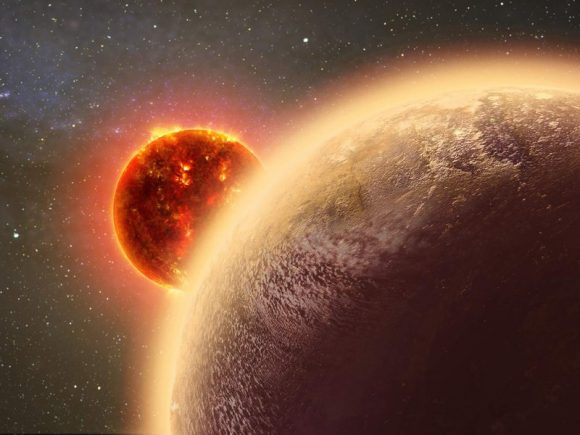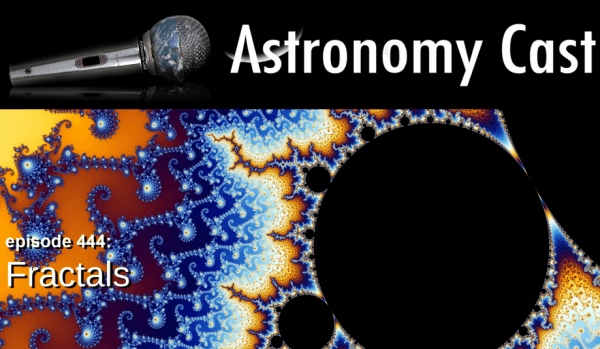On April 12th, 1961, history was made when the first human being – Russian cosmonaut Yuri Gagarin – went into space. Similarly, on April 12th, 1981, the inaugural launch of the Space Shuttle took place. In recognition of these accomplishments, people from all around the world have been celebrating “Yuri’s Night” – a global festival honoring humanity’s past, present, and future in space – for over a decade and a half.
This year will mark the 56th anniversary of Yuri Gagarin’s historic flight and of human spaceflight in general. As with every Yuri’s Night that has happened since 2001, this year’s festivities will feature educational events, presentations and games (along with general revelry) at venues located all across the world. Do you have any plans for Yuri’s Night 2017? And if not, perhaps you would like to know what’s happening?
Plenty of events have been planned for this year that are sure to appeal to science enthusiasts and those with a passion for space exploration. One of the highlights for 2017 is a chance to enjoy a virtual reality space vacation, which comes courtesy of the fun folks at Guerilla Science – a London and New York-based group that specializing in creating educational events and installations for festivals, museums, galleries, etc.
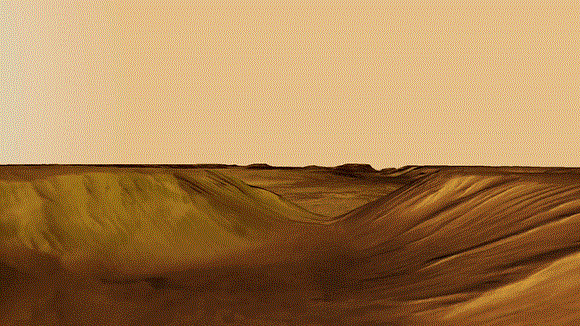
For the sake of this year’s Yuri’s night, they are offering people a chance to experience a VR application that allows people to experience a trip to Mars’ Mariner Valley, or to take a self-guided tour on the Moon using the clicker to navigate. To learn more about this application (which is also available for beta testing), be sure to check out Guerilla Science’s “Intergalactic Travel Bureau“. As they describe the bureau’s purpose on their website:
“The Intergalactic Travel Bureau is a live, interactive experience that explores the incredible possibilities of space tourism through personalized space vacation planning experiences. It’s a little bit like Virgin Galactic and SpaceX meet the Jetsons and Mad Men. Bringing together space scientists, astronomers, science educators, actors and the general public, the Bureau has popped up all over the UK and the US since 2011.”
In addition, a virtual event is being hosted by Spacelog, a volunteer organization dedicated to sharing mission transcripts and photographs that celebrate the history of space exploration. In commemoration of Gagarin’s historic flight, they will be publishing the transcripts of the Vostok 1 mission on their Facebook page. Like the mission itself, the event will start at 4:10 am UTC and conclude at 07:55 UTC on Wednesday, April 12th.
For those interested, the Yuri’s Night Global Team (led by Veronica Ann Zabala-Aliberto) is still seeking Regional Team Leaders to help provide support, coordination, and resources for the hundreds of Yuri’s Night parties that have been planned. In addition to organizers and outreach personnel, the Global Team is also seeking translators who are fluent in Arabic and Turkish. To check out what positions are available, go to their website.

So far, a total of 127 events have been registered in 38 countries, and on 7 continents. That’s right, an event has even been planned for Antarctica, specifically in Loung B3 at the South Pole Station (located at the geographic South Pole). So if you’re in the area – for whatever reason, possibly doing field studies on Emperor Penguins or something! – be sure to swing by!
To find an event in your neck of the woods, consult the full list here. And if you are interested in hosting one, you can register at the Yuri’s Night website. The website is also looking for donations to keep their volunteer and community efforts going.
Wherever you happen to land on April 12th, be sure to raise a glass to all those who have risked life and limb over the past fifty-plus years to establish humanity as a space-faring species!
Further Reading: Yuri’s Night

